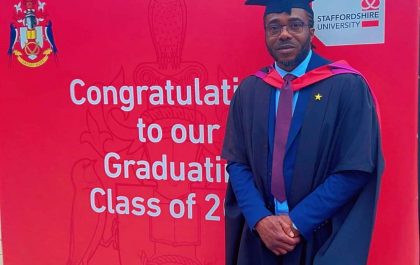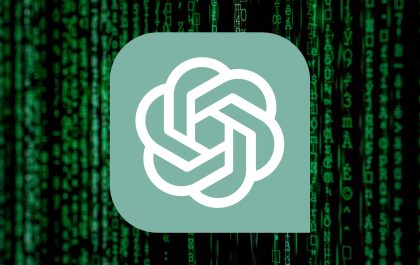-LEAF COMPLEX CARE
The umbrella term “disabilities” generally includes impairments, activity restraints, and involvement limitations. Every year, 20% of people in the UK seek medical attention for a condition associated with one of the more than 200 musculoskeletal types.
There are marked differences between child and adult causes of disability. For children with disabilities, most impairments were present at birth. For adults, disease and illness was the main cause of impairment, followed by accident and injury.
An impairment is the term for the actual condition that someone has. Disabled people can have multiple impairments and these may have more than one cause, which is why the percentages on this graph add up to more than 100%.
What is a Physical Disability?
Physical disability severely affects the capacity of a person to perform specific daily activities. These activities become more challenging and take longer to complete, such as carrying things and getting dressed.
Children and young people with physical disabilities may experience difficulty with accessing the physical environment, using equipment and facilities safely, participating in learning tasks and assessments, and performing practical tasks and activities. However, every individual is affected by their unique physical needs in a different way.
What Causes a Physical Disability?
1. Congenital Disability
2. Acquired Injury
3. Perinatal Causes
Types of Physical Disability
Some main physical disability categories include:
a. Musculoskeletal Disability
b .Neuromusculoskeletal Disability
c. Sensory Impairment
Common Physical Disabilities
- Cerebral Palsy
- Acquired Brain Injury
- Spinal Cord Injury
- Spina bifida
- Multiple Sclerosis
- Epilepsy
- Arthritis
Treatment and Support for People with Physical Disabilities
For example, if your child is identified as having spina bifida, they will be transferred to a specialised team for support. Doctors and specialists may create a care plan to address your child’s needs and difficulties. The care plan will be reviewed as your kid ages to account for changes in their needs and environment.
This birth condition, known as neural tube defect, is spina bifida (NTD). This folding of the embryo’s posterior side, which usually creates the vertebral column with its muscles, spinal cord, and spinal nerves, is abnormal.
Doctors can treat the many challenges of spina bifida in a variety of ways. Along with the initial spinal surgery, they may use physiotherapy, occupational therapy, and mobility aids.
- People may have been born with a physical disability or may have developed one as an adult, for instance, as a result of a neurological disorder like multiple sclerosis or motor neurone disease. Physical impairments might also develop from traumatic events like spinal cord injuries or brain injuries like stroke.
- Physical disabilities can be caused by congenital, acquired, or perinatal circumstances
- People may be affected by various physical impairments, including hearing loss, chronic fatigue, impaired movement, chronic pain, seizures, cerebral palsy, spinal cord injuries, and muscular dystrophy affecting a person’s body function and mental health.
- The complexity of your physical disability will determine the kind of care you need. Some patients may need to see a specialist or their primary care physician. Others, however, could require a group of medical professionals.
- Contact Leaf Complex Care today, and let us take care of your loved ones.
Related posts
Global | Didi Angaye Earns A Distinction Award, Another Feather To The Cap
On a bright sunny day, in the month of July, 2024, the prestigious Staffordshire University located in the West Midlands of England organised its Award giving and Graduation ceremony to honour graduates of various educational programmes and courses which it offers. Didi Timipah Angaye,…
Olu Of Warri Bags Award In UK, Wife Advocates Return To Cultural Values
The Olu of Warri, Ogiame Atuwatse III, has received the Leadership and Community Development award at the 14th African Achievers Awards (AAA), which took place at the Parliament House, United Kingdom. The award was presented by a member of the House of Lords, London, Rt…
Brit Awards | Asake, Burna Boy And Other ‘New Cats’ Get Nominations
Nigerian singers Burna Boy, Asake, and Rema have been nominated for the 2024 Brit Awards. The nomination list for the annual music awards show was released on Wednesday 25, January 2024. Burna Boy and Asake made the ‘Best International Artiste’ category, while ‘Calm…
Brit Awards 2024 | The Full List Of Artist(e)s
This year’s Brits nominees have been revealed ahead of the ceremony in London in March. Dua Lipa is the first star confirmed to perform at the event – but how many awards is she up for? Musicians including Raye, Central Cee, J Hus and Blur are also…
Despite Increased Transfer Volume And Institutional Adoption, Bitcoin Stays Below $60K
Bitcoin’s price hovers around $59K as increased transfer volume indicates a stable demand among investors. CryptoQuant data indicates buyers are absorbing the panic selling pressure around the $57K price level. Bitwise’s latest report suggests that institutional investors are still buying Bitcoin despite the recent price…
Traders Focus On Meme Coins As Bitcoin, Ethereum And XRP Erase Recent Gains
Bitcoin, Ethereum and XRP dip under key support levels at $60,000, $2,600 and $0.60 respectively. Tron ecosystem’s meme launchpad SunPump generates over $1.1 million in revenue within twelve days of its launch. Tron network daily revenue reached a record high of $26.83 million on Tuesday,…
Top 10 Cryptocurrencies To Invest in January 2024
-Michael Adams From Bitcoin and Ethereum to Dogecoin and Tether, there are thousands of different cryptocurrencies, making it overwhelming when you’re first getting started in the world of crypto. To help you get your bearings, these are the top 10 cryptocurrencies based on their market…
The Risk And Reward Of ChatGPT In Cybersecurity
Juan is an experienced CTO with a demonstrated history of working in the computer and network security industry. He is an information technology professional skilled in SAP and Oracle applications, computer forensics, vulnerabilities research, IPS/IDS and information security. Unless you’ve been on a retreat in…











